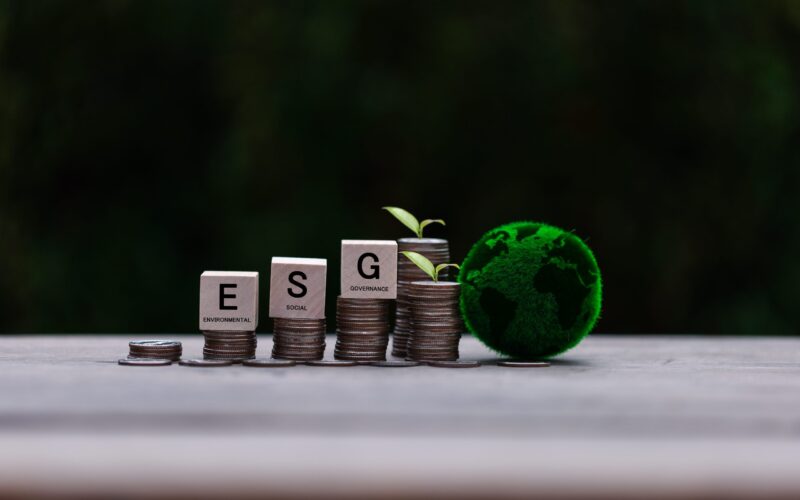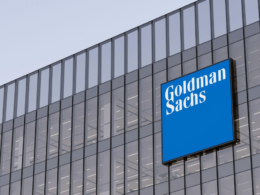ESG funds recorded a net inflow of $4.9 billion in the second quarter of 2025, according to new data from Morningstar, marking a recovery from $11.8 billion in net outflows during the first quarter. The rebound was led by European investors, who contributed $8.6 billion after pulling $7.3 billion in the previous quarter.
In contrast, US investors continued to retreat from ESG strategies, withdrawing $5.7 billion—their 11th consecutive quarter of net outflows. Investors from other regions added a combined $2 billion.
The resurgence in flows follows a period of heightened policy and political uncertainty. The return of Donald Trump to the US presidency earlier this year has seen a series of executive actions targeting ESG policies, particularly those related to diversity, equity and inclusion. In addition, a February executive order imposed tariffs on imports from nearly 60 countries, while the administration has moved to scale back clean energy and cleantech subsidies introduced under the Biden-era Inflation Reduction Act.
These shifts are having a tangible impact. S&P Global Ratings has warned of increasing credit risks for sectors such as utilities and industrials, which rely on predictable regulatory environments and significant capital investment for decarbonisation efforts. As a result, global asset managers are adopting a more cautious tone around ESG.
Europe is also seeing regulatory adjustments. While investor sentiment has improved, the European Commission’s “Omnibus” package, which proposes revisions to sustainability reporting requirements, has added complexity for asset managers. Nevertheless, flows into ESG funds in the region have stabilised, suggesting resilience in investor demand.
“Despite the ESG backlash and the volatility sparked by geopolitical tensions and US tariffs, the picture for ESG funds improved last quarter,” said Hortense Bioy, Global Director of Sustainability Research at Morningstar Sustainalytics. “European investors have returned to ESG funds, marking a notable reversal from the redemptions seen in the previous quarter. While it’s still doom and gloom in the US, ESG funds in other parts of the world continue to attract money and regulators outside the US are largely maintaining their course.”
Surge in fund renaming activity
Morningstar’s report also highlights a record number of fund name changes in Europe, with nearly 600 funds rebranded in the second quarter alone. This activity is linked to new fund naming guidelines issued by the European Securities and Markets Authority (ESMA).
Over the past 18 months, approximately 1,346 funds—representing around $1 trillion in assets—have changed their names. Of these, 785 removed ESG-related terms, 458 revised them, and 103 added new ESG references. Labels such as “ESG”, “sustainable”, and “sustainability” are increasingly being replaced with alternatives like “screened”, “transition”, “climate”, and “committed”.
In the UK, 110 funds have now adopted official sustainability labels under the Financial Conduct Authority’s new Sustainability Disclosure Requirements (SDR), covering $62 billion in assets—about 20% of UK-domiciled funds claiming sustainability characteristics.
ESG debt market slows
Meanwhile, ESG-labelled debt issuance has declined sharply. According to Sustainable Fitch, total labelled bond issuance—including green, social, and sustainability-linked bonds—fell 25% year-on-year to $440 billion in the first half of 2025. Green bond issuance alone dropped by 32%, or $100 billion, with ESG-labelled debt accounting for just 10.2% of overall global issuance, down from 11.7% in 2024.
Analysts cite regulatory uncertainty in the US and Europe, alongside broader macroeconomic and geopolitical instability, as key factors behind the slowdown. Capital expenditure plans have also been reined in, further dampening issuance.
Despite these headwinds, investor interest remains resilient in certain regions. European fund flows have rebounded, and markets in Southeast Asia are seeing increased sustainable fund launches, suggesting that appetite for ESG strategies endures—though the direction for the second half of 2025 will largely depend on regulatory clarity and industry response.





















